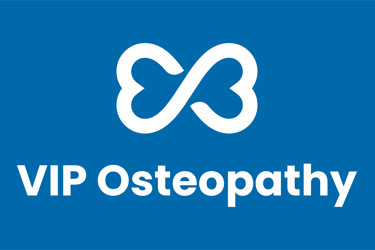Tennis Elbow
Struggling with Tennis Elbow? Here’s What You Need to Know
VIP Osteopathy - Keilor
2 min read
If you’ve been feeling a stubborn ache on the outside of your elbow, especially when gripping, lifting, or even typing for too long, then you might be dealing with tennis elbow. And despite the name, you don’t need to be anywhere near a tennis court to end up with it.
The Problem
Tennis elbow (or lateral epicondylitis) is a condition where the tendons on the outside of your elbow become irritated, overloaded or inflamed, usually from doing the same movements over and over. It’s not caused by one big injury, but rather a build-up of small stresses over time. You might notice:
A nagging ache or tenderness on the outer elbow
Pain that flares when you lift, grip, twist or type
Stiffness in the morning or after rest
Difficulty with tasks like pouring the kettle, opening jars, or even brushing your teeth
It can start as a minor annoyance, but if left untreated, it can really interfere with your day.
The Pattern
Tennis elbow often creeps in without warning. And while it can affect anyone, it’s especially common if you:
Use your hands and arms repetitively—think manual work, desk jobs, weight training, or toddler-wrangling
Have imbalances in the way you move—if your wrist, shoulder, or upper back aren’t doing their part, your elbow ends up overloaded
Don’t get much movement variety—doing the same tasks the same way every day can slowly build up strain
Push through discomfort—we all do it, but ignoring early signs makes recovery harder down the track
It’s a gentle cue from your body that something’s been under a bit more strain than usual and with a little support, it can settle again.
The Plan
The great news? You don’t have to put up with it. With the right support, tennis elbow is treatable and preventable.
At VIP Osteopathy, we will start by looking at the whole story, not just at the elbow. That means assessing how your neck, shoulder, upper back, and wrist are moving and working together. Treatment might include:
Hands-on techniques to release tension, calm irritation, and improve how your arm moves
Targeted exercises to strengthen your forearm and support muscles
Postural and movement advice to reduce daily strain: both at work and at home
Guidance on recovery—when to rest, when to move, and how to avoid flare-ups
The goal isn’t just to get you out of pain; it’s to help you move better, feel stronger, and get back to doing what you love.


Contact us
Address: Consulting out of The Sports Recovery Hub
767 Old Calder Highway, Keilor, VIC, 3036
Telephone: 0476 807 144
Email: hello@viposteopathy.com.au
© 2025. All rights reserved.


